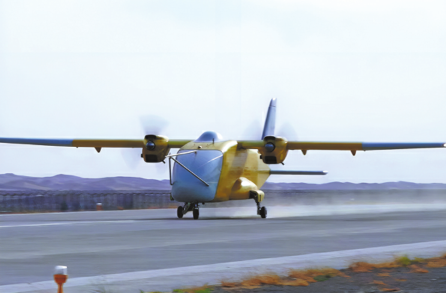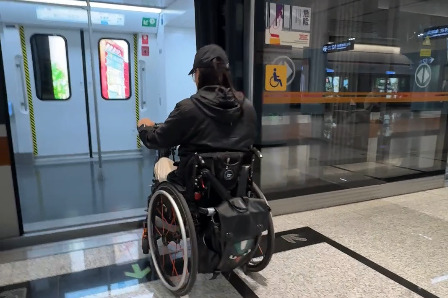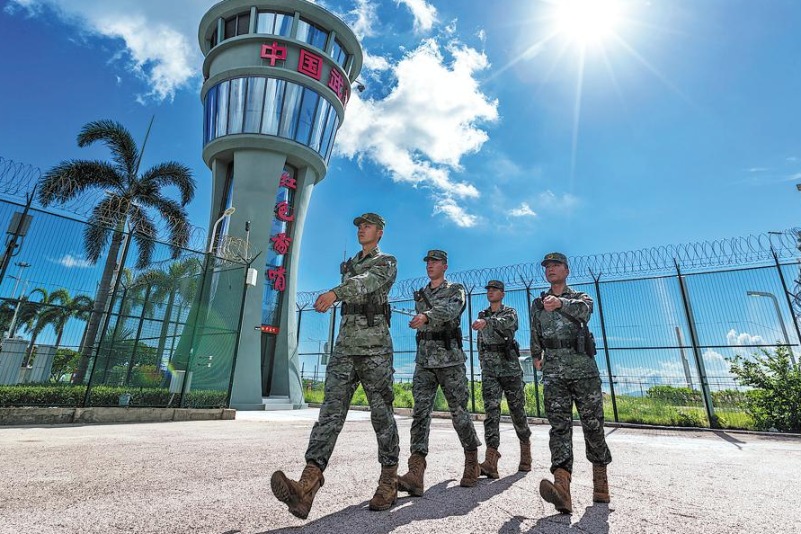China launches cargo drone able to haul up to 1.2 tons
New aircraft can fly for 10 hours, take off and land on shorter runways


The China Academy of Aerospace Aerodynamics, one of the country's dominant unmanned aircraft makers, has carried out the maiden flight of its new aerial cargo drone.
The Beijing-based academy, a subsidiary of China Aerospace Science and Technology Corp, said in a news release that the CH-YH1000 unmanned cargo aircraft made its first test flight from an unidentified airport in Northwest China and the test "achieved desired results" after the 15-minute operation.
According to the release, the model has a typical aerodynamic configuration widely used by transport drones. Goods are moved into and out of the aircraft from its nose, which can open upward. The underside can also open during the flight to airdrop cargoes.
Powered by two engines, the CH-YH1000 has a maximum takeoff weight of 2.3 metric tons, including 1.2 tons of cargo, and an operational range of 1,500 kilometers. It can stay airborne for as long as 10 hours and is capable of conducting takeoffs and landings on short runways, poorly maintained roads and grasslands. When mounted with flotation and sled devices, it can also land and take off from water and snow-covered locations.
According to experts, the drone is designed to facilitate cost-effective and efficient cargo transport between urban centers and remote rural locations, serving as a necessary component in China's plan to build a strong transportation sector.
It also aims to enhance goods delivery in underdeveloped central and western regions while supporting diverse logistics missions, positioning itself as a versatile tool to boost the low-altitude economy.
Relying on sensor-based autonomous flight plans, the drone is able to operate around the clock.
Therefore, it can utilize nighttime when commercial airliner transportation is typically inactive to achieve high-density freight delivery.
The academy said that designers plan to develop customized versions of the unmanned plane to meet various user needs in the future.
The academy began researching and developing its CH-series drones in 1999 after its engineers realized that their expertise in aerodynamics and missile design could also be used on unmanned aircraft.
Since then, the research complex has established a large portfolio of military drones, ranging from small models for battlefield reconnaissance to a large stealth version capable of penetrating an enemy's air defense network.
It has also modified multiple models of combat drones into civilian types that can be used to patrol land-based infrastructure, collect agricultural data, survey mineral resources, provide emergency communication service and monitor environmental pollution.




































